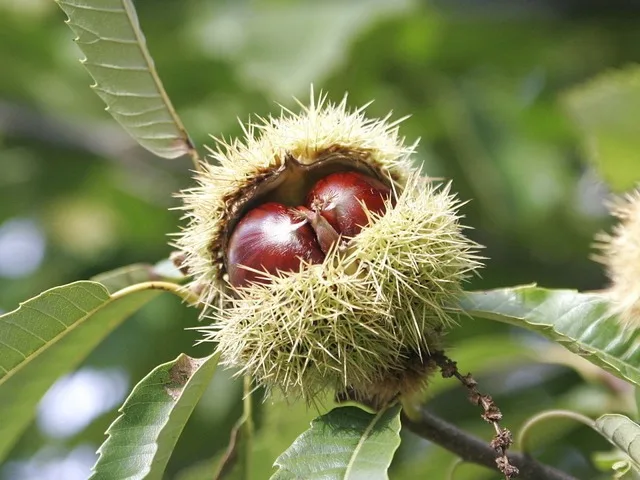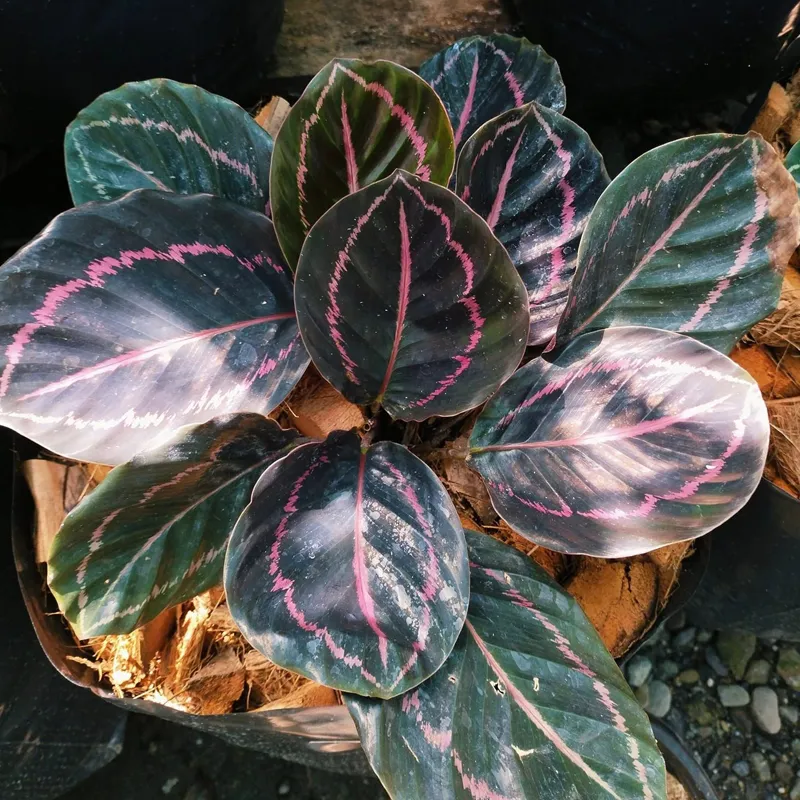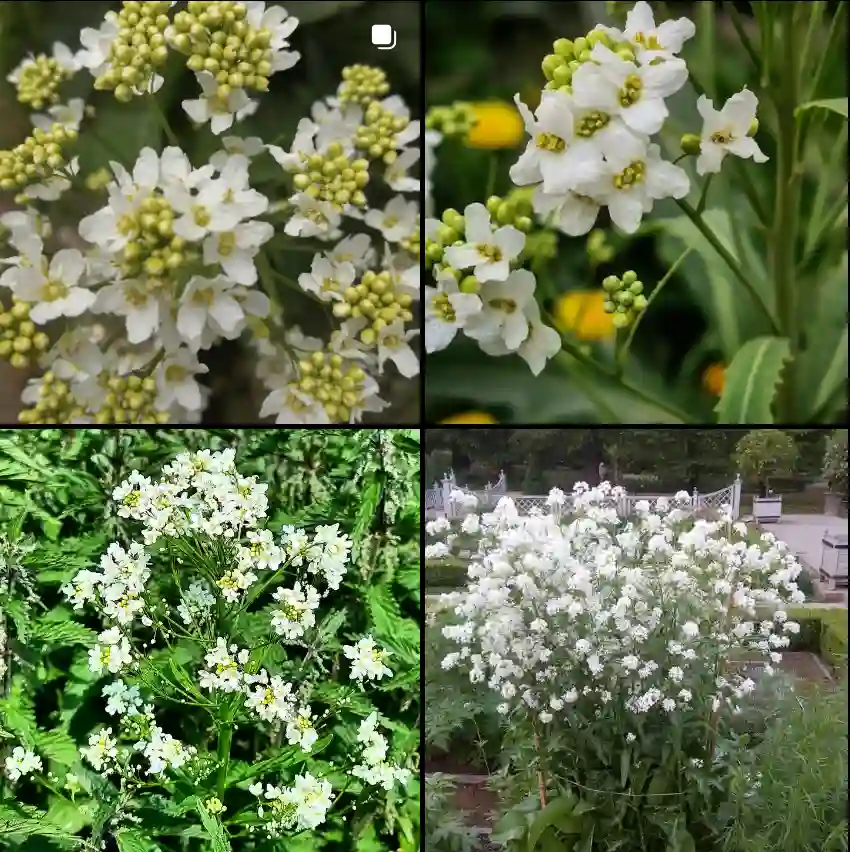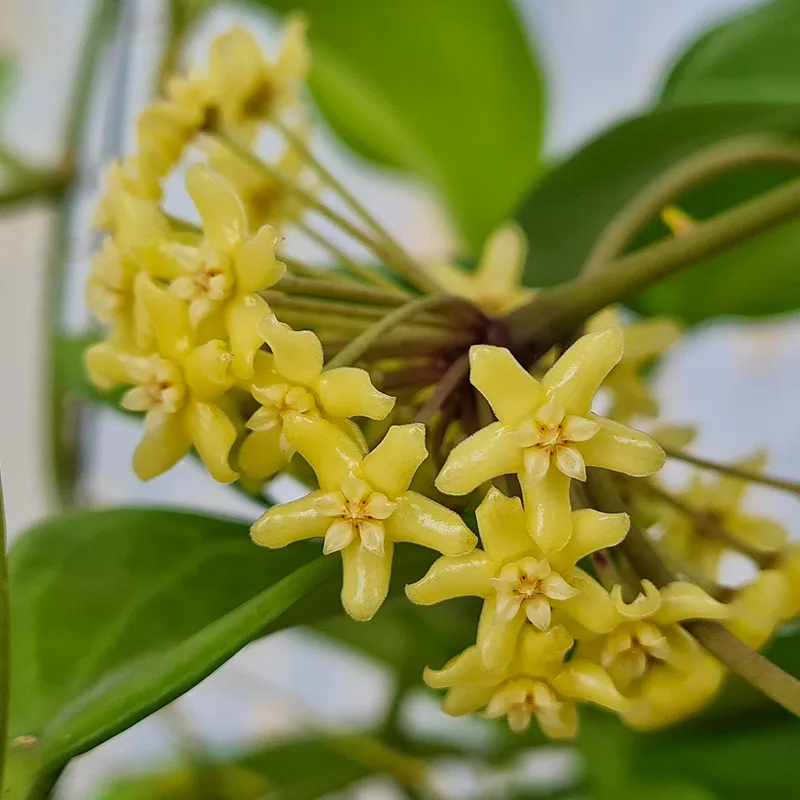Silene Undulata: A South African Dream Weaver (FAQs)
Hi there, Ferb Vu here. Today, we’re diving into the fascinating world of Silene undulata, also known as African dream root. This unique little herb, native to the Eastern Cape of South Africa, has captured the imagination for centuries, particularly among the Xhosa people who revere it for its dream-inducing properties.
Whether you’re a seasoned gardener with a penchant for the unusual or simply curious about plants with a touch of mystery, this FAQ will equip you with everything you need to know about Silene undulata.
911 Species in Genus Silene
What is Silene Undulata?
Silene undulata is a perennial herb belonging to the Caryophyllaceae family, the same family that encompasses carnations and pinks. It’s a compact plant, typically reaching heights of around 60 cm (2 ft), with sticky, glandular stems and oppositely arranged leaves. The real showstopper, however, are the fragrant white or pale pink flowers that bloom in the late afternoon, adding a touch of elegance to the landscape.
How to Care for Silene Undulata?
Silene undulata is a relatively easy plant to care for, making it a great choice for beginner gardeners. Here’s a quick rundown on its needs:
- Sunlight: Enjoys full sun locations but can tolerate some afternoon shade in hotter climates.
- Soil: Prefers well-drained, slightly acidic soil. Amend your soil with compost or sand if necessary to improve drainage.
- Watering: Water regularly, especially during hot and dry periods. Aim to keep the soil consistently moist but not soggy.
- Temperature: Silene undulata is a tough cookie, tolerating both scorching heat exceeding 40°C (104°F) and moderate cold down to -5°C (23°F).
How to Propagate Silene Undulata?
There are two main ways to propagate Silene undulata:
- Seeds: Sow seeds directly outdoors in late spring or early summer after the danger of frost has passed. Germination typically takes 14-21 days.
- Division: Established plants can be divided in spring or fall. Carefully dig up the plant and separate the root clump into sections, ensuring each division has healthy roots and foliage. Replant the divisions immediately.
What to Plant with Silene Undulata?
Silene undulata’s compact size and delicate flowers make it a wonderful companion for various plants. Here are a few ideas:
- Grasses: Ornamental grasses like feather reed grass (Calamagrostis acutiflora) or blue fescue (Festuca glauca) add a textural contrast and movement to the planting scheme.
- Low-growing perennials: Consider creeping phlox (Phlox subulata), with its vibrant blooms, or lavender (Lavandula angustifolia) for a touch of fragrance.
- Bulbs: Spring-flowering bulbs like tulips or daffodils can create a lovely display before Silene undulata takes center stage in the summer months.
Safety Considerations with Silene Undulata
While traditionally used to induce vivid dreams, Silene undulata can have psychoactive effects. It’s important to consult with a healthcare professional before using this plant, especially if you have any underlying health conditions or are taking medications.
The Xhosa Connection: Silene Undulata and Dreams
The Xhosa people of South Africa hold Silene undulata in high regard, using its root for centuries in their traditional healing practices. The root is believed to induce vivid and prophetic dreams, playing a significant role in the initiation rituals of shamans.
The Final Word on Silene Undulata
Silene undulata, with its captivating charm and intriguing history, is a unique addition to any garden. So, if you’re looking for a plant that offers easy care, beautiful blooms, and a touch of cultural significance, look no further than Silene undulata. Remember, though, to exercise caution if considering its traditional use and always prioritize your well-being.
Happy Gardening!
If i die, water my plants!



